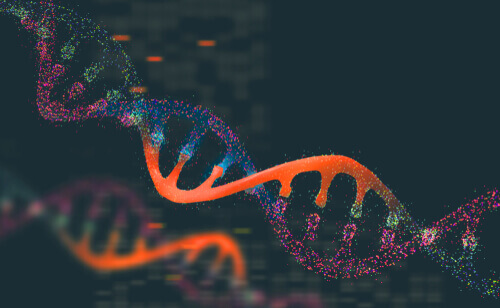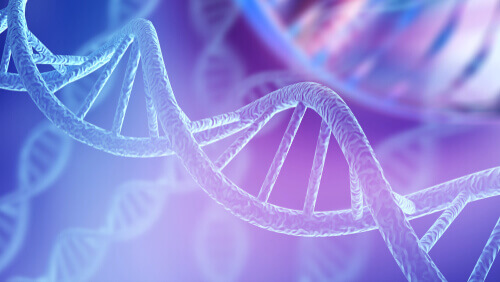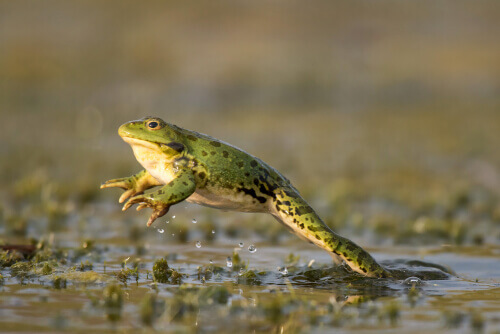Animal Population Genetics - What Is It?

Animal population genetics is a branch of biology. It deals with DNA, heritability, gene drift, stochasticity, etc. The exciting world of genes can be confusing as it’s full of terms that’ll baffle even the most knowledgeable person.
For this reason, we wanted to take the opportunity to show you a little about the relationship of genetics with animal populations, in a friendly didactic manner.
In my opinion, this topic is particularly exciting, and the basis of my argument will be the information with population studies of amphibians. Besides being an editor, I had the opportunity to be part of a team at the Museo Nacional de Ciencias Naturales (National Museum of Natural Sciences) in Madrid for two years. Thus, here today I’ll show you a bit of the knowledge I acquired during that wonderful time.
Basic principles
Genetics is the area of study of biology that seeks to understand and explain the transmission of biological inheritance from generation to generation.
Genes are information storage units. That is, DNA segments that contain instructions on how the body’s cells must function. To simplify, one could say we all have two copies of each gene that comprises human information. That is, one inherited from our father and another one from our mother.
- The genotype of each individual is a piece of specific genetic information in the form of DNA. The genome of each animal species represents diverse variations in many of its genes, making them different from the rest.
- Similarly, the expression of genes in a certain environment is called a phenotype. They’re about physical and behavioral traits. For instance, one gene can code for eye color and brown eyes would be the resulting phenotype.

How do these terms apply to population genetics?
The key to population genetics is about understanding the heritability patterns from parents to children. Let’s take the aforementioned example of amphibians:
- Let’s imagine a pond with 300 frogs of the same species, forming a population. 100 of them are female and 200 are male. One can make this type of estimate by using techniques such as mark-recapture.
- During spring, with the arrival of the rains, one can see there are many cords of floating eggs in the pond. Each string full of youngsters has a father and mother, of course.
- So how many of the males and females in the population participated in this reproductive episode? Which female laid the most eggs? Is there a male that bred with more than one female?
Genetic studies try to answer questions like these.
Deciphering the offspring
With samples of the adults of an animal population and a representative group of larvae, one can estimate kinship relationships.
After all, offspring inherit their genes from their parents, right? One can determine who’s the parent through a DNA sample, the result of the combination of the DNA of two adults in a given population.
This can solve previously posed questions to some extent, and also provides insight into an important parameter:
- The number of animals that live in a population isn’t equal to the number of times they reproduce within it.
- The effective population number refers to adults who are confirmed reproducers using the previously described techniques.
- For example, continuing with the previous population, there are 300 frogs in the pond. Even so, genetic studies confirm that only 60 of them reproduced in that year. It’s quite a different scenario, right?

Animal population genetics and its focus on conservation
These kinds of genetic studies are essential in terms of species conservation.
Finally, if in a population of 300 individuals only 60 of them are reproducing, then we should be concerned. This is because a reduced number of breeders ends up reducing the genetic variability of a population. This lack of variability can lead to greater vulnerability to environmental changes, leading to the extinction of the species in the most extreme cases.
Thus, it’s essential to carry out this type of basal zoological study. Mainly because they give information about how wild populations of animals are. At least “genetically speaking.”
All cited sources were thoroughly reviewed by our team to ensure their quality, reliability, currency, and validity. The bibliography of this article was considered reliable and of academic or scientific accuracy.
- Técnicas de marcaje y recaptura, Wikilibros. Recogido a 3 de mayo en https://es.wikibooks.org/wiki/T%C3%A9cnica_de_marcaje_y_recaptura.
